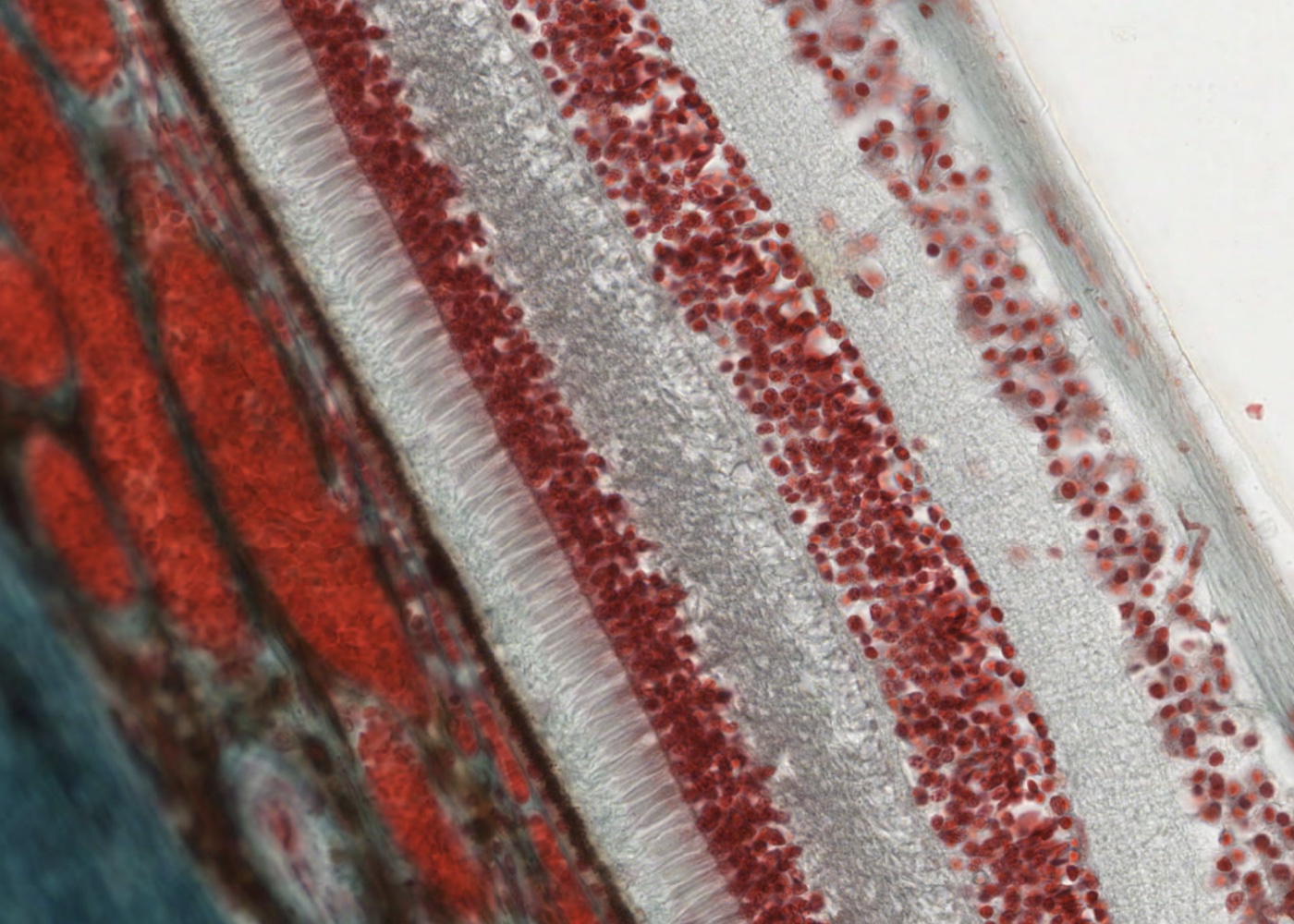The paired eyes are a very complex sense organs that with relevant neural connections to the brain provide vision.
Learning outcomes
Your knowledge of the Eye should include the following:
- Identify all the following structures of the eye: cornea, sclera, iris, lens, ciliary body, vitreous, retina and optic nerve.
- Understand why the cornea is clear and the sclera is opaque.
- Understand why corneal transplantation is possible.
- Understand the roles of the cornea and lens in focusing light onto the retina.
- Describe the role of the ciliary muscle and the zonular fibres in accommodation of the lens.
- Recognise the iris sphincter and dilator muscles and know their functions.
- Recognise and understand the role of Schlemm’s canal (scleral venous sinus) in aqueous humor drainage and the cause of glaucoma.
- Distinguish between rod and cone photoreceptor cells and know the function of each of these cells.
- Describe the cause of presbyopia.

